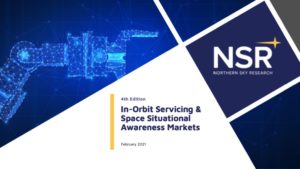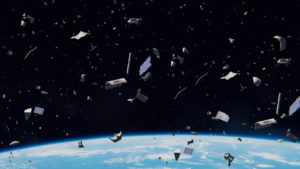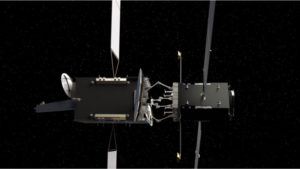Space Debris Removal: Are Technology and Policy Aligned?
Last week, the U.S. Administration declared a ban on anti-satellite missile tests (ASAT), citing concern over the danger of the resulting space debris. Previously, Russia’s ASAT test was universally condemned due to the large debris cloud produced, and before that, India’s 2019 testing raised similar concerns. The proliferation of new satellites to the rising dangers.





